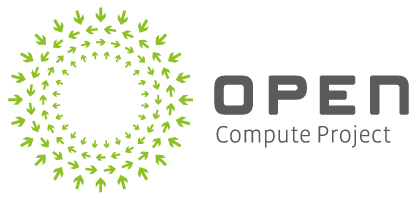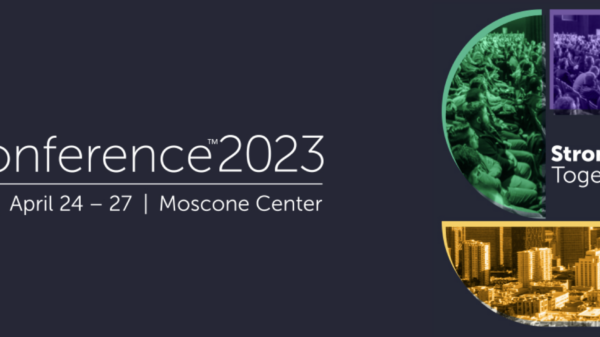Red Hat today announced that it has joined Facebook’s Open Compute Project, a non-profit foundation with a simple, yet challenging goal – design the most efficient computing infrastructures at the lowest possible cost.
With this goal in mind, Red Hat is now part of the ecosystem of engineers, architects and developers that are looking to redefine the next-generation datacenter. As the largest provider of open source software and services, this is a huge addition of support to the project.
 With a rapidly growing community of engineers who look to design and enable the delivery of the most efficient server, storage and data center hardware designs for scalable computing, The Open Compute Project’s datacenters are designed to improve efficiency through reduced energy loss, power consumption and re-use of resources, such as using system heat output to warm buildings.
With a rapidly growing community of engineers who look to design and enable the delivery of the most efficient server, storage and data center hardware designs for scalable computing, The Open Compute Project’s datacenters are designed to improve efficiency through reduced energy loss, power consumption and re-use of resources, such as using system heat output to warm buildings.
The project’s first datacenter in Prineville, Oregon, achieved a 38 percent increase in energy efficiency at a cost of 24 percent less as compared to its other facilities. In order to achieve those metrics, Facebook did things including removing centralized chillers, eliminating traditional inline UPS systems and removed a 480V to 208V transformation. Ethernet-powered LED lighting and passive cooling infrastructure reduce energy spent on running the facility. The datacenter, which opened in April 2011, had a Power Usage Effectiveness PUE of 1.08 for the second quarter of 2011, compared to 1.07 in the first quarter. For the first half of the year, this means 93% of the energy from the grid makes it into every Open Compute server. This PUE is much lower than the industry standard of 1.5.
Red Hat said it has worked with several large customers to participate in the Open Compute Project, starting with the certification of Red Hat Enterprise Linux on two systems that are based on the Open Compute Project specification. As a result, users of Open Compute Project-based systems are able to utilize Red Hat solutions, including Red Hat Enterprise Linux, as certified technologies in their datacenters.
Today, in New York City, the Open Compute Project is hosted its second Open Compute Summit to promote technologies and innovation for defining and delivering these efficient datacenters. At the event, Brian Stevens, CTO and vice president, Engineering at Red Hat, delivered a keynote presentation on Red Hat’s commitment to the open source development model and the collaboration on the Open Compute Project. “Red Hat was built on the principles of openness, collaboration and technology contribution that define the open source development model,” said Stevens. “With the Open Compute Project, Facebook is using the power of the open source model to redefine how datacenters are designed and built. With our consistent focus on innovation and end-user value, it was natural to take part in this project to not only extend the benefits of Red Hat products to these systems, but to also help expand the reach of open source technologies as a whole.”
Following the certification of its operating system, Red Hat Enterprise Linux, Red Hat plans to test its virtualization platform, Red Hat Enterprise Virtualization. Additionally, it is expected that its recently acquired storage technologies will be extended for use within Open Compute Project architecture environments.
“Efforts such as the Open Compute Project take open source to another level as they share information and best practices on datacenter scale, sustainability, cost and efficiency with the broader industry, leveraging the power of collective knowledge,” said Jay Lyman, senior analyst with The 451 Group. “Facebook and other supporters should be commended for the effort, which gains technology and open source credibility with the involvement of Red Hat.”
More information on the Open Compute Project is available here.













